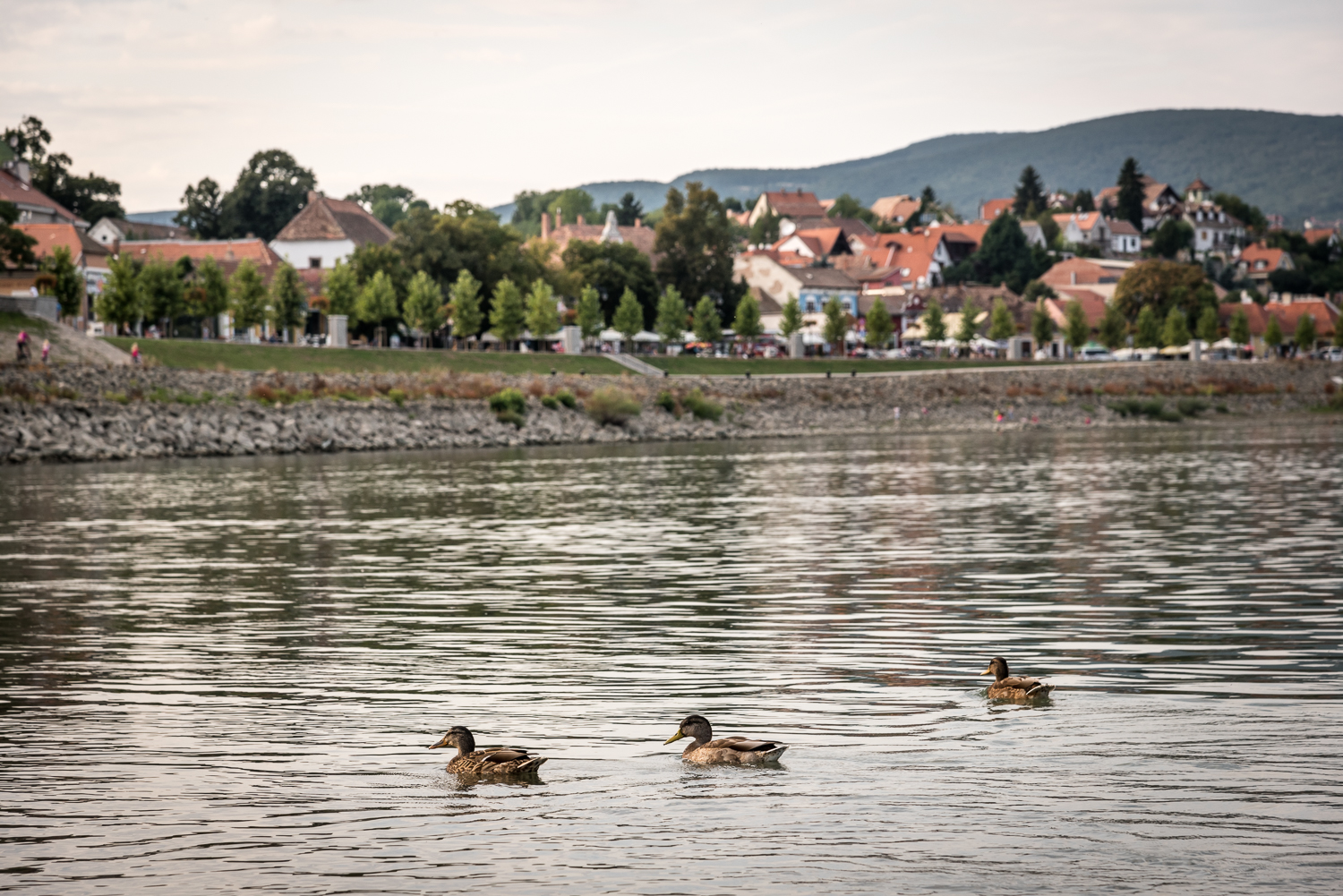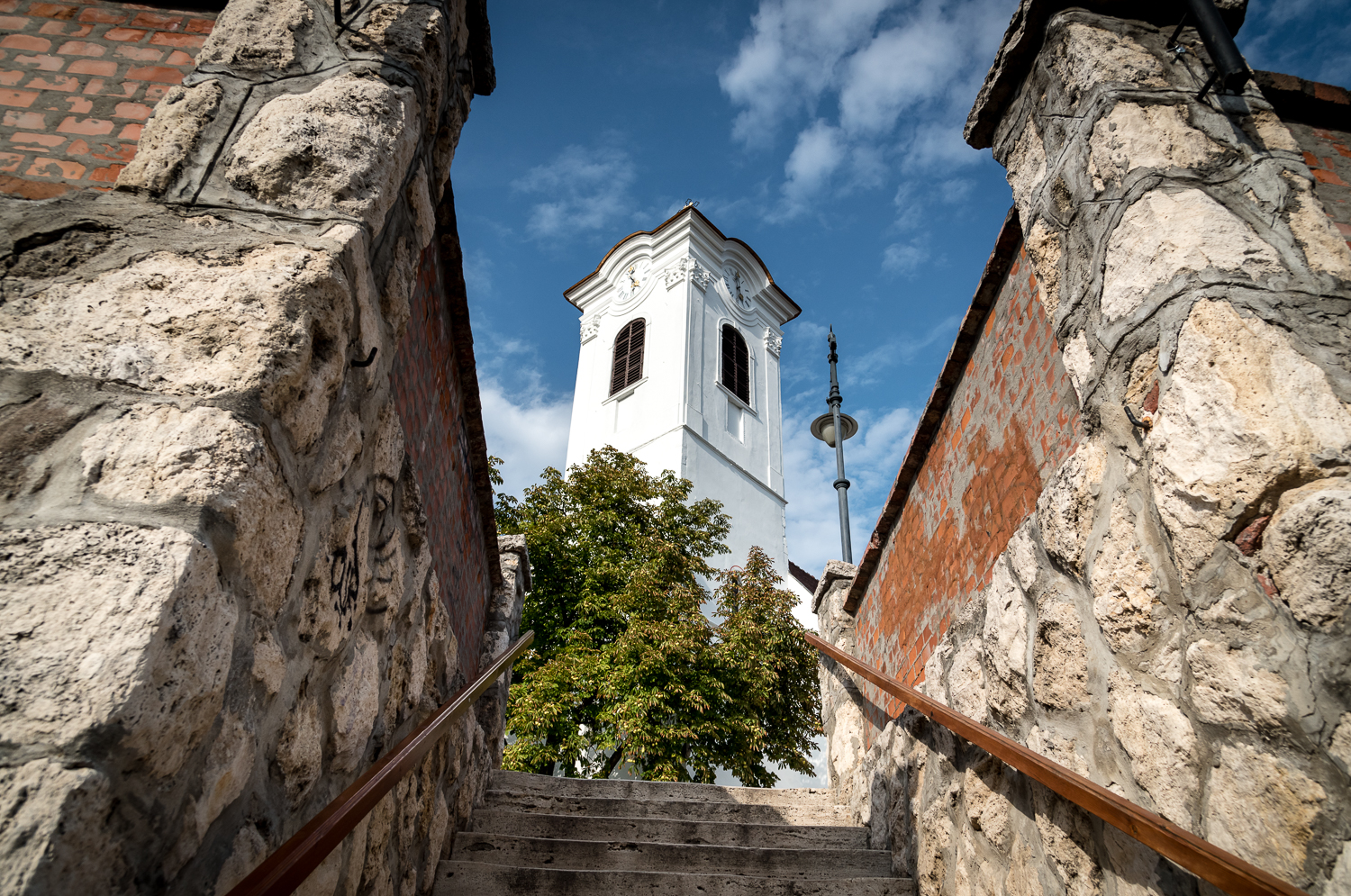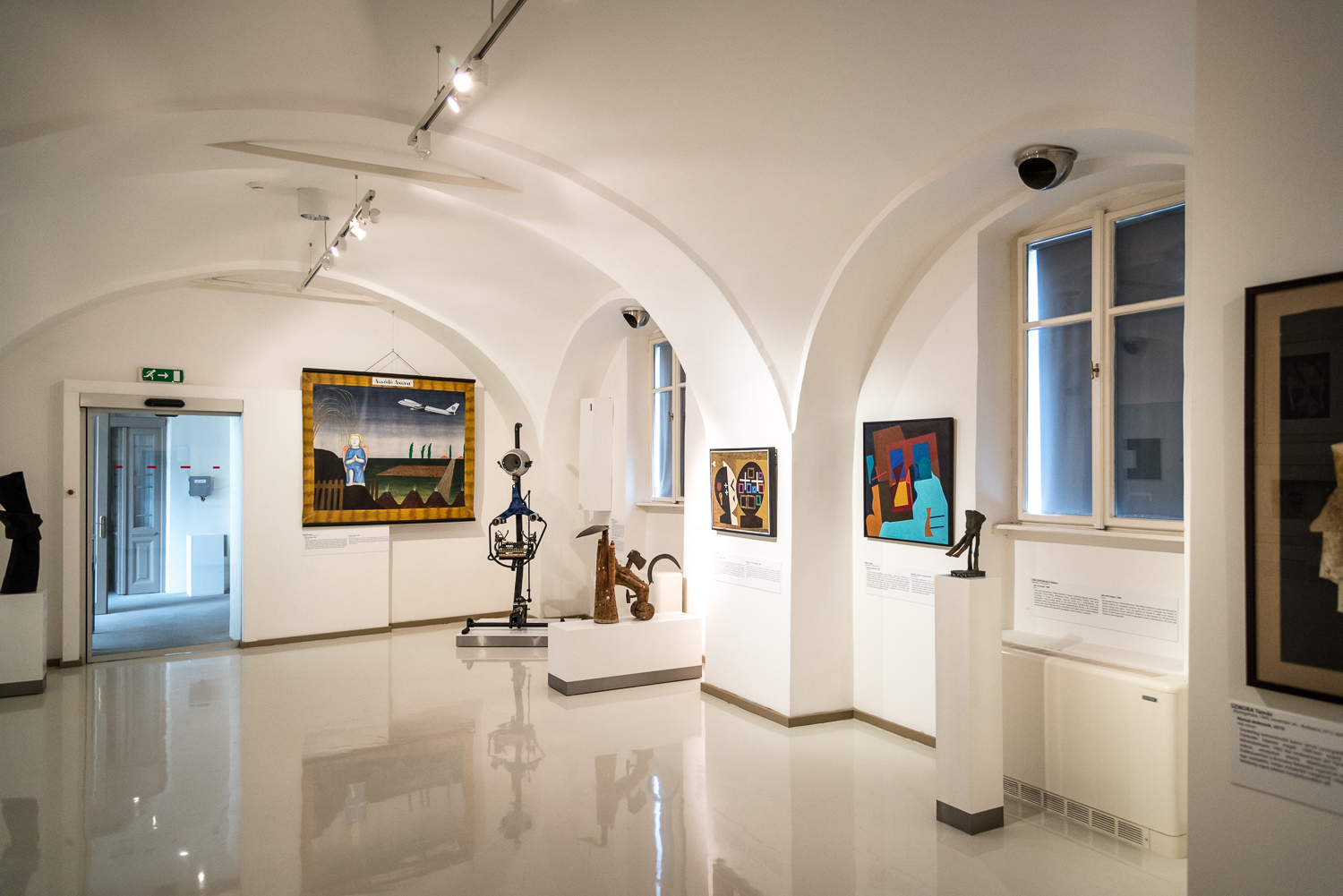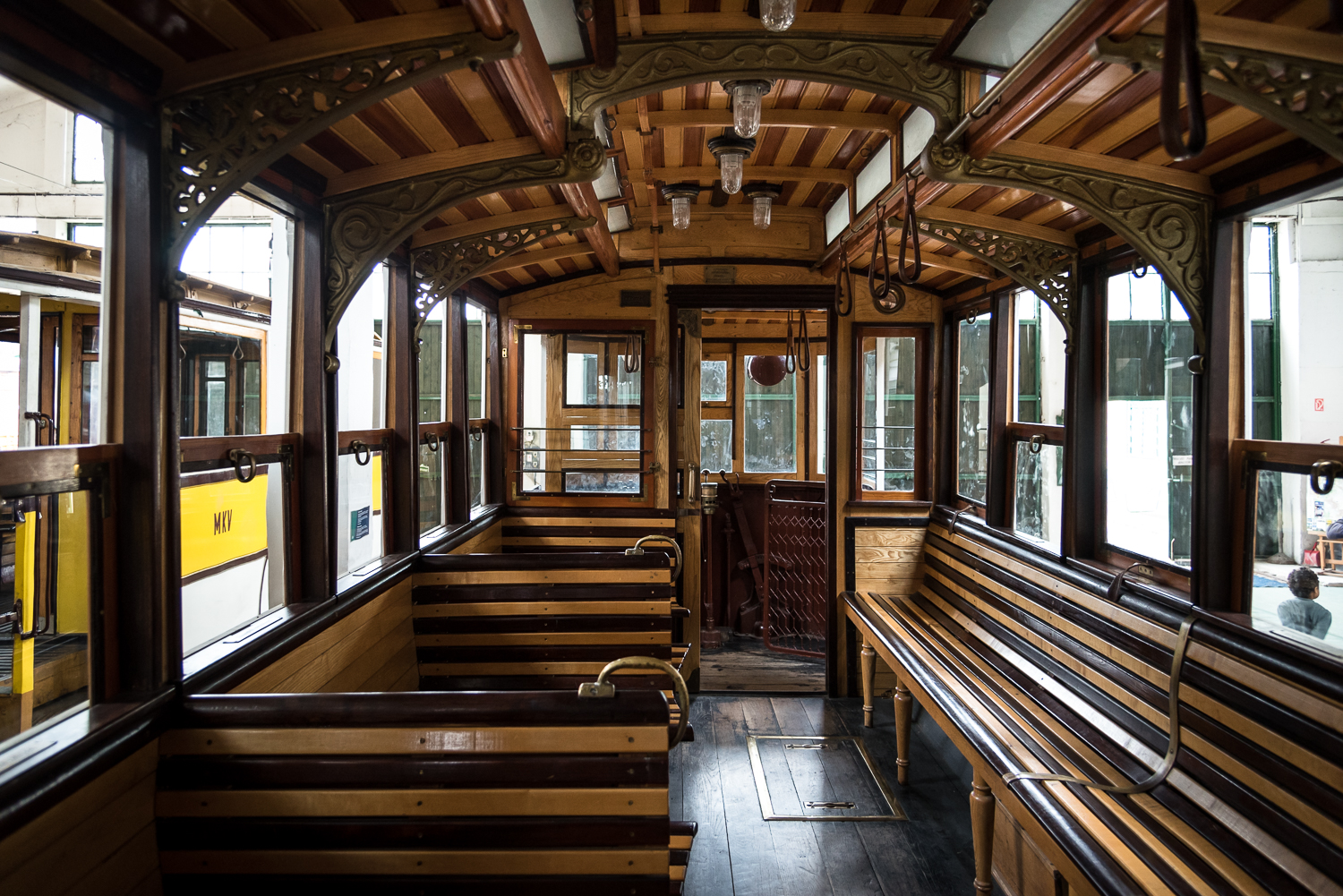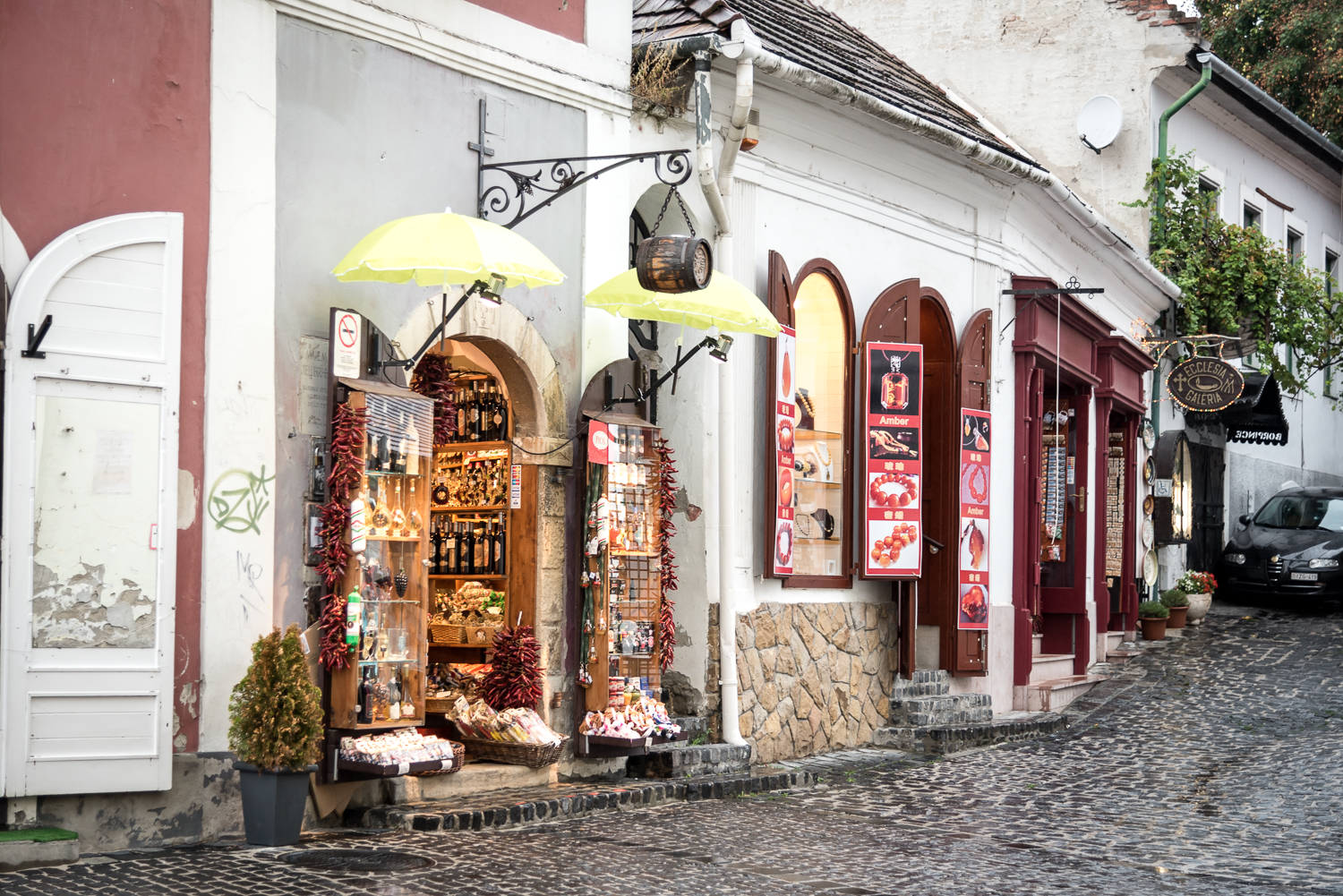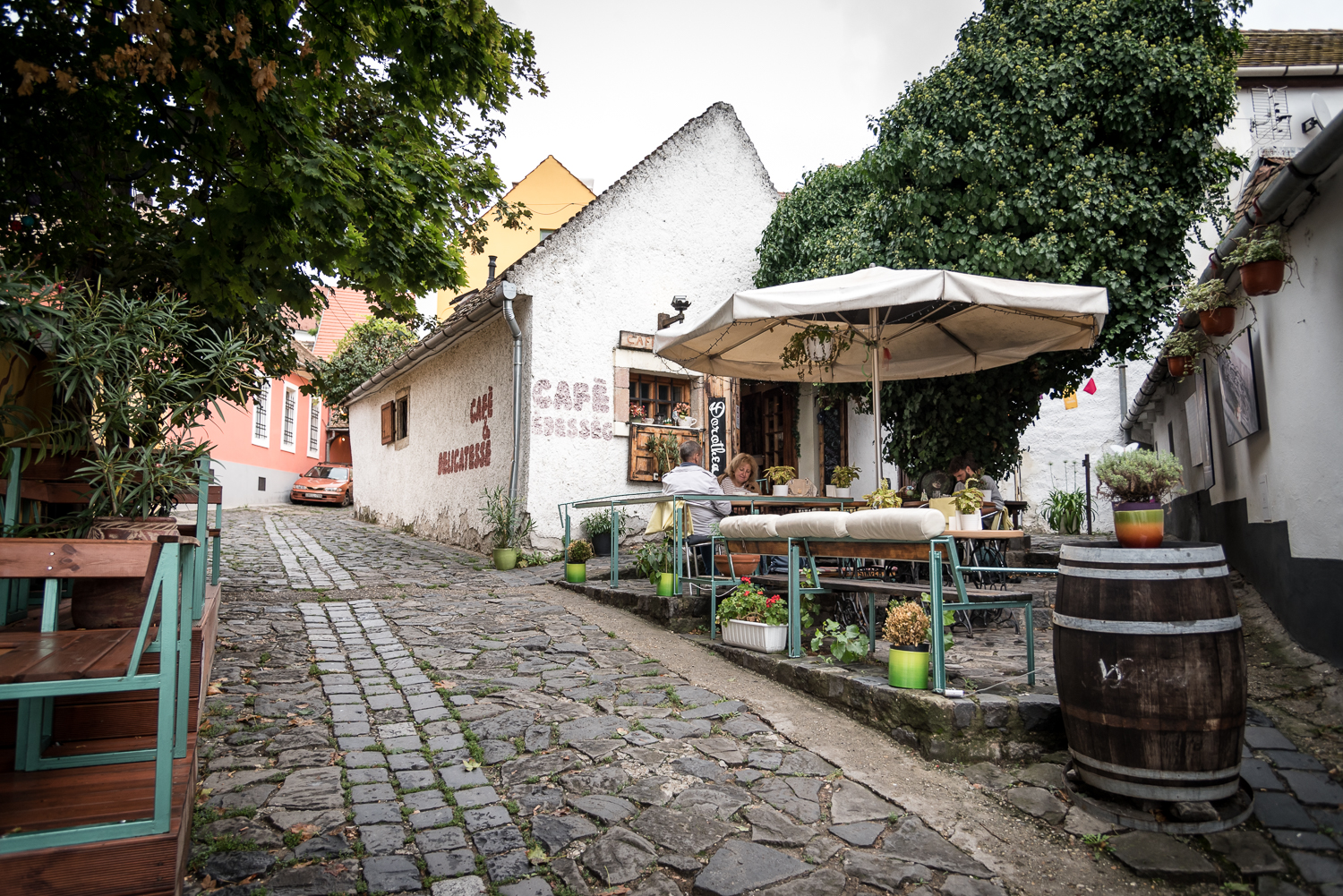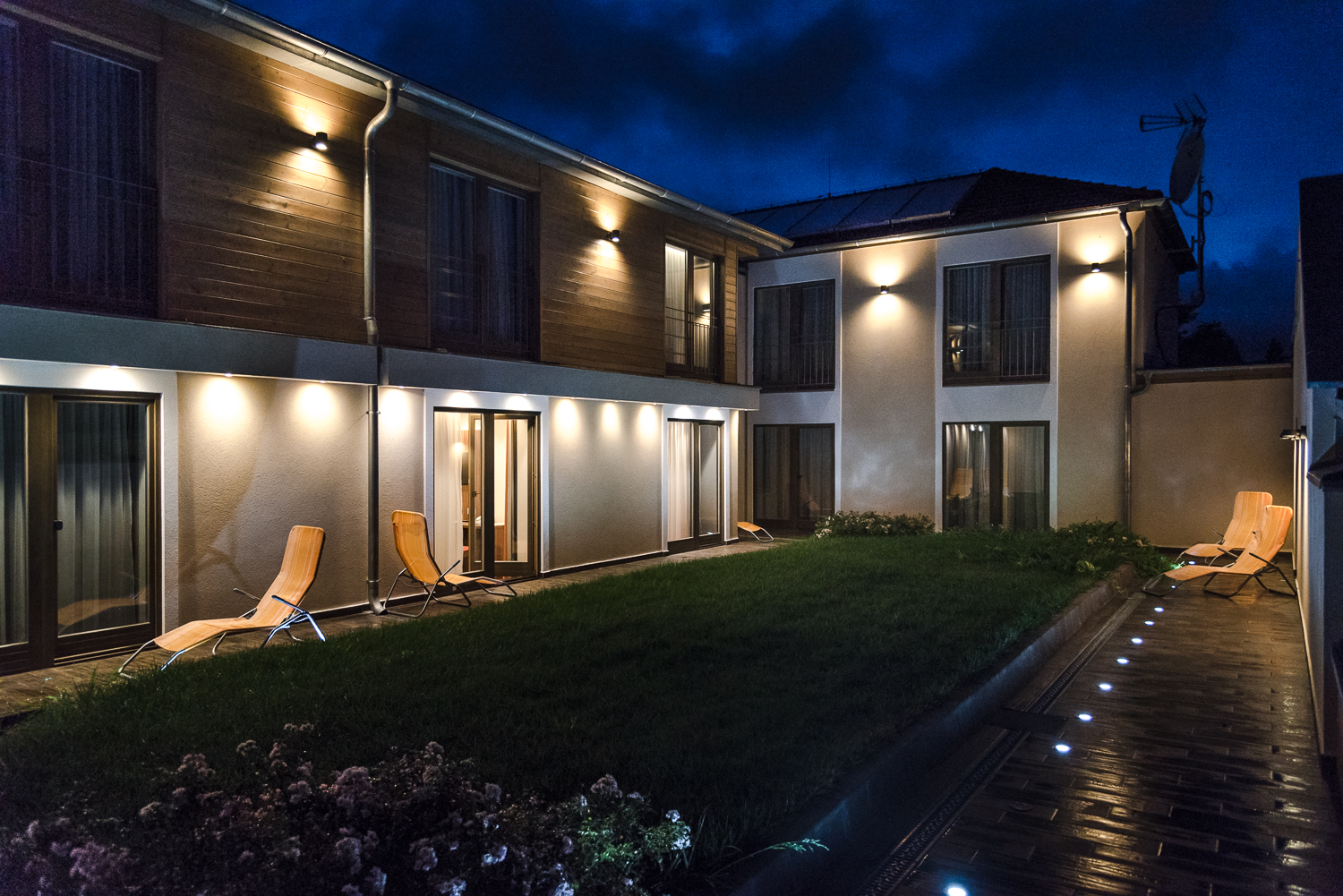Table of Contents
Introduction to Szentendre

With its multicultural history stretching back to ancient times and its present-day ambience thoroughly shaped by refined artistry, Szentendre is a premier destination of Hungary’s countryside – and conveniently, this bucolic riverfront settlement is located less than 20 kilometres from central Budapest. It’s easy to visit Szentendre from the capital city by ferryboat, commuter train, car and even bicycle to enjoy assorted exhibitions, shops, and restaurants that warmly welcome international guests with ample information in English and other languages. However, exploring Szentendre is often most extraordinary during quiet moments of aimlessly navigating labyrinthine alleys lined with flower-speckled ivy, freshly painted pictures, stone-carved monuments, and countless other colourful surprises infused throughout this creative community.










Szentendre is anything but a hidden gem; day-trippers from Budapest continually flock here in warmer months (and even during winter), so tourist-trap eateries and kitschy souvenir stands are rife along major squares and streets. That said, Szentendre’s genuine cultural attractions vastly outnumber the rip-off joints, and we here at We Love Budapest are happy to highlight some of the town’s finest monumental sights, museums, galleries, shops, restaurants and bars, along with yearly events and travel tips. Furthermore, although Szentendre is ideally sized for a single-day excursion, we recommend some hotels perfect for a romantic getaway.
Named after Saint Andrew, Szentendre is noted in official Hungarian documents dating back to AD 1009, although the community only started to flourish when Buda was chosen as the national capital in the 14th century. The settlement was destroyed and largely abandoned during Hungary’s era under Ottoman occupation, but after the Turks were driven back into the Balkans during the late 1600s, thousands of Serbian, Dalmatian and Greek refugees came to live in Szentendre over the following decades. These newcomers built houses reminiscent of the architectural styles of their homelands, resulting in the Mediterranean atmosphere that Szentendre is famous for today.
German and Slovakian immigrants later joined Szentendre’s cultural mix, and the town enjoyed a long period of prosperity leading to its attaining city status in 1872. With the homes and churches of this integrated community all bearing distinct aesthetics of varied ethnic backgrounds, Szentendre was already notably picturesque by the early 1900s – attracting numerous artists to come capture its peaceful countryside scenery. Founded in 1929, the Szentendre Artist Colony brought together an internationally recognised collective of notable Magyar visionaries who established creative traditions that live on today; hundreds of painters, sculptors, authors, poets, musicians and actors still call Szentendre home, and provide many of the cultural draws that make this town so fascinating.
By river: The most delightful way to reach Szentendre is by boat, providing passengers with panoramic Danube views from departure in the heart of Budapest until docking at Szentendre’s picturesque promenade (see below). Hungary’s Mahart Passnave line provides frequent ferryboat services from Budapest to Szentendre and points beyond along the Danube Bend – on every day except Mondays from late April through early September, ships set sail at 9am from Pest’s Vigadó tér dock and make a quick stop at Batthyány tér ten minutes later before heading directly to Szentendre, arriving at 10:30am; this ship continues upriver to Visegrád and Esztergom before returning to Szentendre at 7pm to pick up Budapest-bound passengers, providing day-trippers with plenty of time to explore the town. Other Mahart Passnave ferry lines depart from Budapest for Szentendre at 10:30am (with daily service between early July and early September) and at 2pm during summer – to see complete timetable and ticket information, click here.
By bicycle: Szentendre is one of the most popular day-trip destinations among Budapest’s cycling community because a dedicated bike path takes two-wheelers all the way there from the Buda side of Margaret Bridge. This flat riverfront trail passes through the pleasant Római Part recreation area (providing plenty of food stands for a refreshment stop along the journey) and is shaded by trees throughout much of the route, making it accessible for cyclists of most ability levels; for more details about the Budapest-Szentendre bike path, click here.
Danube Promenade: Ferryboat passengers arriving at Szentendre are often awestruck by the beauty surrounding this curving riverfront walkway in front of colourful cottages and rising hills topped with ascending church steeples. Numerous benches on this recently refurbished promenade beckon passers-by to slow down and watch the water gently drift by, with the forest of undeveloped Szentendre Island as a gorgeously green backdrop.
Fő tér: Centrepieced by the Baroque-styled Merchant’s Cross erected in 1763, Szentendre’s cobblestoned main square is the bustling heart of this historic town, lined with restaurants, ice-cream shops, museums, and more. Here the Blagoveštenska Orthodox Church towers over everything, while winding streets and alleys stretch out in all directions – head downhill to the riverfront, or hike uphill to find City Hall or Templom tér.
Templom tér: A tiny tunnel from Fő tér (by the Levendula ice-cream shop) leads to a short stairway ascending into this lofty tree-shaded square beside Szentendre’s spotless-white Saint John the Baptist Roman Catholic Parish Church. The square’s viewpoints provide visitors with fascinating vistas directly over Szentendre’s red-tiled rooftops to the squares and streets below, and beyond to the treetops of Szentendre Island.
Serbian Orthodox Church: The rose-tinted steeple of this imposing church is the centerpiece of Szentendre’s significant Serbian heritage. The church’s tree-shaded exterior bears statuesque portals and stone-carved skulls, while the interior’s icons tower high above the chancel. The nearby Serbian Orthodox Ecclesiastic Art Collection is a two-storey museum full of shining chalices, colourful vestments and ornate candlesticks.
Bükkös Brook: Cutting through Szentendre’s southernmost section, this shallow stream features a paved walkway popular among local parents for evening strolls as their kids frolic by the burbling waters. This rivulet forms an unofficial borderline for the touristy part of town – the bridge connecting Kossuth Lajos utca with Dumtsa Jenő utca (see below) is a busy gateway for HÉV-station arrivals heading to central Szentendre.
Dumtsa Jenő utca: This shop-lined main conduit toward Fő tér buzzes with pedestrian traffic and conversations at pavement cafés. Here the Tourinform Szentendre office near Bükkös Brook bridge provides free multilingual information and maps, while neighbouring businesses include private galleries, restaurants with terrace tables, diversely themed museums, and unique stores offering regionally made gifts and modern artworks.
Bogdányi út: Leading gently downhill from Fő tér towards riverfront Lázár Cár tér (by the ferryboat dock), this rustic lane is also a busy commercial zone. Many stores proffer extremely typical Hungarian keepsakes, but some showrooms have authentically interesting clothing, handicrafts and more. Local painters sometimes set up shop alfresco here, dabbling at canvases while displaying freshly dried artworks for sale.
Ferenczy Museum: Close to the HÉV station on Kossuth Lajos utca, this stately museum is housed in a historic villa with a preserved exterior and a modern interior. The Ferenczy family played a prominent role in the town’s artistic development, from trailblazing painter Károly Ferenczy (1862-1917) to his twin children Noémi Ferenczy – who revitalised tapestry art – and Béni Ferenczy, a sculptor whose works are now on view through mid-June. Kossuth Lajos utca 5; more details
Szentendre Gallery: Colourful renderings of regional scenery usually fill this central viewing space facing busy Fő tér, providing a pleasant escape from the crowds outside. Works by members of the Szentendre Artist Colony are frequently showcased here, such as the lushly mysterious natural landscapes of painter Jenő Paizs Goebel, the experimental Cubist-influenced canvases of Lajos Vajda, and other local visionaries. Fő tér 2-5; more details
Margit Kovács Ceramic Museum: Within a 17th-century Baroque building near Fő tér, view an astounding collection of over 300 works meticulously created by Margit Kovács, Hungary’s leading 20th-century ceramicist. During her long career, Kovács crafted expressive sculptures, oversized reliefs, ornate crockery, and other delicately detailed pieces inspired by Biblical stories, ancient Greek myths and colourful Hungarian folk art. Vastagh György utca 1; more details
Barcsay Museum: A low-slung Greek Revival-styled residence now honours 20th-century Hungarian painter and graphic artist Jenő Barcsay, a lifelong Szentendre resident. In addition to showcasing Barcsay’s trailblazing canvases, mosaics, tapestries and more, this viewing space also hosts temporary exhibitions of innovative modern-day installations and other thought-provoking artworks that are often aimed to inspire future creativity. Dumtsa Jenő utca 10; more details
ArtMill: Contemporary Hungarian paintings, statues and more, fill this multi-storey viewing space inside a refurbished former mill on Bogdányi út north of Lázár Cár tér. Beyond displaying temporary exhibitions of fresh creativity – this summer’s “No More Secrets” display features convention-breaking works of recent decades from the collection of László Gerő – this museum also hosts diverse events in the spacious courtyard. Bogdányi út 32; more details
Public Transportation Museum: Climb aboard carefully preserved century-old streetcars to admire their wooden seats, leather straps and fancifully forged roof beams amid this sprawling display of vintage vehicles located next to Szentendre’s HÉV station. Antique train cars and buses fill indoor and outdoor viewing areas, alongside historic photos from when these conveyances carried bygone Hungarians in varied cities nationwide. Dózsa György út 3; more details
Szamos Marzipan Exhibition: Behind the popular Szamos confectionery on Dumtsa Jenő utca, this old-timey museum is a family favourite for its multi-coloured statues all made from sugary marzipan, ranging from figurines based on fairy tales and Disney cartoons to life-sized statues of Michael Jackson and Princess Diana. Visitors can watch new marzipan artworks being created by craftspeople using customary tools from a century ago. Dumtsa Jenő utca 12; more details
Retro Design Center: This quirky locale at the northernmost part of central Szentendre is a not-too-distant-history museum showcasing cool curios from Hungary’s Communist era. Alongside a collection of pristine Trabants, Ladas and other iconic Soviet-produced cars, displays feature masses of bric-à-brac from the Eastern Bloc including slightly surreal toys, bulky household appliances and platform heels (in red, of course). Rév utca 4; more details
National Wine Museum: Once upon a time, Szentendre’s hills were criss-crossed by grapevine rows, and the town’s viticultural traditions live on today in its restaurants, bars, and this museum within a historic wine cellar a few steps away from Bogdányi út. Descend into this cavernous barrel-filled basement to admire displays of authentic winemaking antiques, informative placards, and ample samples of Hungary’s good libations. Bogdányi út 32; more details
Skanzen Museum: A recreated Magyar community from centuries ago preserves Hungary’s folk traditions and architecture. This 60-hectare open-air museum hosts actors playing various villagers from long ago amid thatched-roof cottages, rural churches and old-fashioned farms, all encircled by the educational park’s own 2.2-kilometre vintage train line. A Skanzen-bound bus regularly picks up passengers by Szentendre’s HÉV station. Sztaravodai út; more details
Palmetta: Step through an understated old stone doorway along Bogdányi út to stumble upon Szentendre’s most intriguing collection of 21st-century hand-crafted design items, including colourfully woven handbags by Anna Regős, Ungarica’s mugs and notepads bearing Magyar motifs presented with modern panache, and FruFru’s ingenious fridge-magnet matchboxes emblazoned with Hungarian scenery that are genuinely useful souvenirs. Bogdányi út 14; more details
Parti Medve: Across the street from Szentendre’s City Hall, this colourfully cosy two-storey café, gallery and bookshop is a welcoming hangout for all ages. In addition to a wide variety of coffees, teas and home-made sweets to enjoy inside or at terrace tables, guests find a small but appealing selection of English-language books for adults and kids, along with a tasteful variety of creative toys and local keepsakes. Városház tér 4; more details
Kovács Blue-dying Shop: Ever since 1878, the Kovács family has produced quaint tablecloths, dresses, aprons and many other cotton-based goods. All are coloured indigo blue and bear different white-dotted designs delicately imprinted by hand with a special folk-art technique using wooden boards with patterned metal nails. Along with the varied garments, tools of this unique trade are on display within this delightfully rustic store. Bogdányi út 36; more details
Tibor Szankovits Knife Showcase: For decades now, Tibor Szankovits has been considered among Hungary’s top knife-making craftsmen, meticulously carving intricate designs into the bone handles of what have been called “the Rolls Royce of knives”. Part of this shop permanently displays Tibor’s finest works from throughout his career – and while these blades of glory are not for sale, many of his other fine pocketknives certainly are. Dumtsa Jenő utca 9; more details
Art6 Salon: On a hillside street near the Serbian Orthodox Church, this small showroom is packed with modern Magyar-made clothing, jewellery, stuffed animals, purses, pillows and much more. Here visitors find avant-garde porcelain pieces by Judit Vida, flowing apparel by Kata Bagdi, and multi-hued hand-made apparel by Bea Somody among shelves overflowing with gifts for all ages produced by many other offbeat Hungarian artisans. Alkotmány utca 3; more details
Old Goat Art Gallery: A husband-and-wife artistic pair – Hungary native Eszter Györy and New Yorker Osiris O’Connor – teamed up to launch this eye-catching locale on Dumtsa Jenő utca near Bükkös Bridge, offering colourful prints of surreal portraits and hand-crafted metal pendants styled with motifs of Hungary, Austria and beyond. Check out the couple’s “soul angel” series of statuettes that each bears an individual spirit. Dumtsa Jenő utca 12; more details
Promenade Restaurant: While some of Szentendre’s waterfront eateries offer substandard fare while charging extra for the view, this reliably high-quality Hungarian restaurant is a truly refined setting within a beautiful stone villa featuring a cascading series of terrace tables in the leafy garden. Futó utca 4; more details
Mjam: Sophisticated fusion specialties are served within a sleek setting near City Hall at this hotspot for young couples seeking a fine-dining rendezvous. With a focus on “Caribbean-Asian food with a Hungarian touch”, menu items include grilled shrimp with Indonesian peanut sauce. Városház tér 2; more details
Centrum Ice Cream: There’s often a long queue stretching before this popular parlour, but its cold confections are well worth the wait. Classic Hungarian ice-cream flavours include tejberizs (milky rice pudding) and fruity puncs, although modern lactose- and sugar-free scoops are also available. Fő tér 7; more details
Pótkulcs Szentendre: Launched by the team behind central Budapest’s original Pótkulcs location, this funky eatery serves Serb-style ćevapčići amid funky artworks on the walls, live music in the air and trendsetting locals lounging at the terrace tables, making it the coolest hangout on the main square. Fő tér 7; more details
Folt Café: Tucked on a side street close to Bükkös Bridge, this ruin-pub-style hangout features a sunny garden with distinctive artwork covering everything from walls to chairs to pebbles. Food is served on-site thanks to nearby Erm’s, a satisfying burger joint cooking up reasonably priced munchies to go. Kucsera Ferenc utca 11; more details
Álomlángos: Hidden halfway along the semi-secret passage that connects Fő tér and Templom tér, this old-school snack bar serves Szentendre’s best lángos – Hungary’s most beloved street-food treats made of deep-fried dough topped with garlic butter, sour cream, shredded cheese and much more. Fő tér 7; more details
Dalmát Szamár: Join locals at this chilled-out hilltop eatery with good beers and a wide-ranging menu of global dishes all priced less than 2,500 forints. After your meal and one more beer, walk a little further up Bartók Béla utca to find Szentendre’s highest lookout point at the Cross of Tanners. Bartók Béla utca 8, more details
Kacsakő: Throughout summer at the southern end of Szentendre Promenade, this open-air hangout takes over a riverfront meadow furnished with hammocks and blue-and-white wood-pallet furniture. This breezy bar and bistro is based within what appears to be a former prisoner-transport train wagon. Duna korzó 21; more details
Bükkös Hotel & Spa: This architecturally interesting four-star facility merged a historic house with a modern stone-walled building to create a comfortable hotel and spa centre fronting Bükkös Brook. Here every day begins with a hearty buffet breakfast, while massage services are available to help sightseers unwind. A sophisticated ambience is ensured through the hotel’s policy of only accepting guests aged 13 and over. Bükkös part 16; more details
Mathias Rex Guesthouse: Located on Kossuth Lajos utca near the HÉV station and close to Fő tér, these clean and charming lodgings welcome guests in a variety of quarters, including larger rooms for families. Antique furniture adorns the entire building – including the spacious restaurant serving classic Hungarian cuisine in the hotel’s 16th-century cellar – and guests can breakfast alfresco in the ivy-walled courtyard. Kossuth Lajos utca 16; more details
Centrum Hotel & Café: A recently renovated villa on Szentendre Promenade is now a cosy inn designed with romantic modern flair. Refined paintings, flowers and a fireplace provide warmth for every guest, while the hotel’s deluxe rooms offer attractive amenities such as a whirlpool bathtub and private terrace access. The waterfront terrace is ideal for savouring breakfast at sunrise or sipping drinks as moonlight shimmers on the Danube. Bem utca 2; more details

